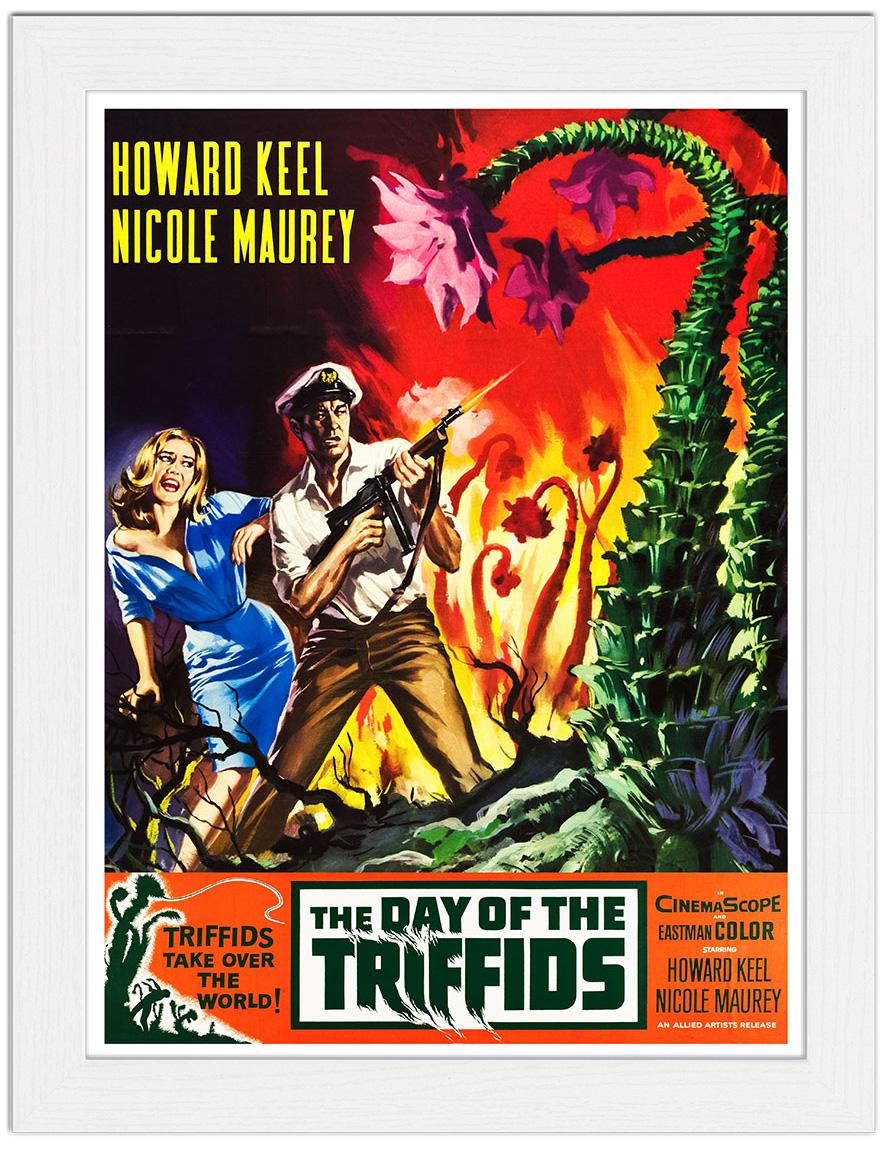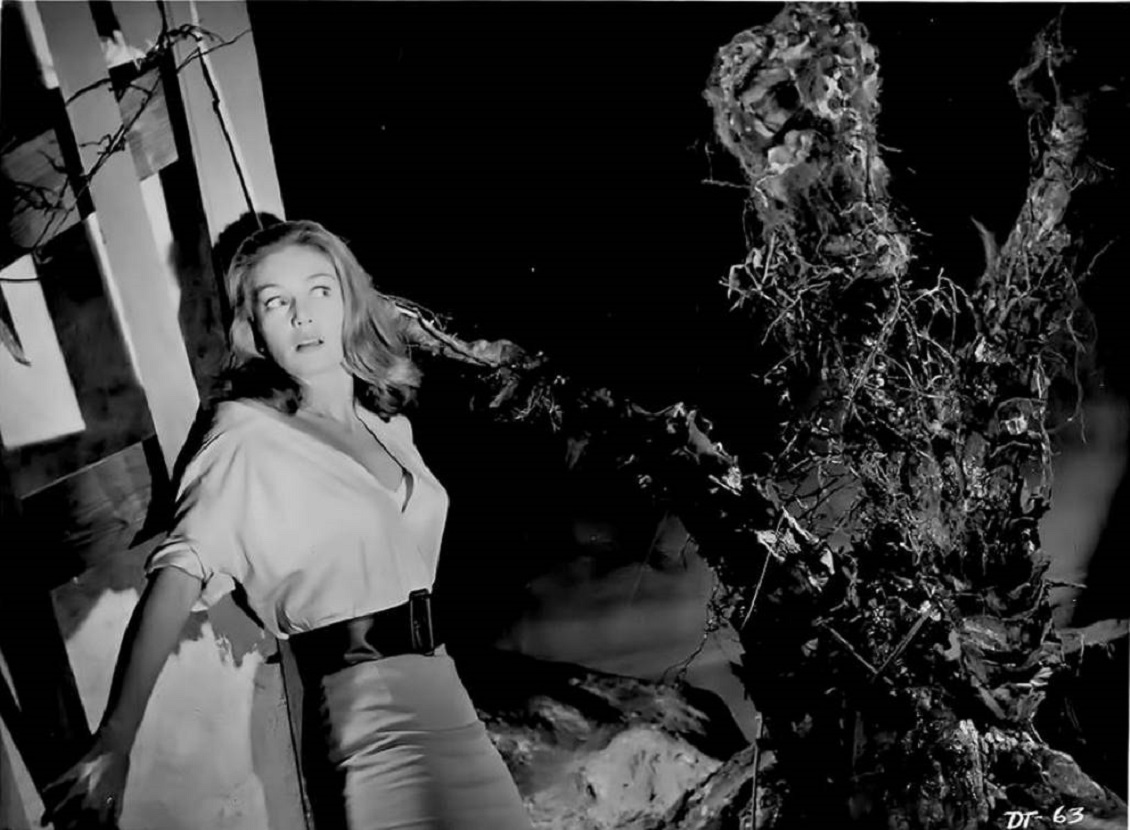
It’s soon apparent that the green light from the “shooting stars” has destroyed the sight of everyone who watched them. In fact, it isn’t a pity: it saves his life. It’s a pity you can’t see it, isn’t it? (ch. They say there’s never been anything like it before. Every now and then there’s a big one so bright that it hurts to look at it. Everybody’s out there watching them, and sometimes it’s almost as light as day – only all the wrong colour. They make people’s faces look frightfully ghastly. “The sky’s simply full of shooting stars,” said. He did it in rather contrived but still memorable fashion, recorded like this by the first-person narrator as he lies in a hospital bed with bandaged eyes after a triffid attack:

Obviously, then, Wyndham had to take sight away from humans to get triffids and humans battling for possession of the earth.

I think they’re a clever, chlorophyllic adaptation of the giant three-legged Martian war-machines in War of the Worlds.īut how can the triffids get loose and wreak havoc on the human race as the Martian war-machines did? Triffids are blind and sense rather than see their targets, so they are no match for sighted humans. Once you’ve mentally pictured them, the triffids will never leave your head. In the chronology of the book, but not the narration, the walking plants come first: they’re the triffids, three-legged, seven-feet tall and equipped with a deadly whip-sting.

In The Day of the Triffids there are really two big ideas: walking plants and worldwide blindness. There’s the humanity-hating submarine race in The Kraken Awakes (1953) the mysterious telepathic alien in Chocky (1968) the persecuted telepathic mutants in The Chrysalids (1955) and the world-threatening super-children in The Midwich Cuckoos (1955).

Either way, his big ideas were almost always good and so were the titles of his novels. Wyndham was an uneven writer, not very good at dialogue or characterization, and although he was born decades after Wells, in some ways his books have dated more.Īnd maybe he was better at short stories than novels. However, although it’s his most famous book, it isn’t his best. And it’s powerfully displayed in The Day of the Triffids. But Wyndham had a lot of talent, all the same. If you want to know the difference between talent and genius, compare The Day of the Triffids (1951) with the book that obviously inspired it: The War of the Worlds (1897). The Day of the Triffids, John Wyndham (1951)


 0 kommentar(er)
0 kommentar(er)
